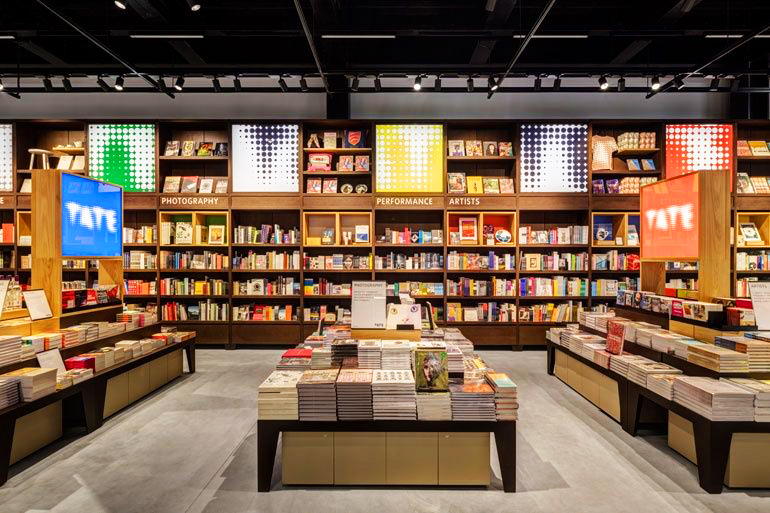
Popular science: 27 professional terms related to LED
1. Luminous flux—The energy of the light emitted by the light source in a unit time is called the luminous flux,
also known as the light beam (φ).
2. Luminosity-the luminosity emitted by the light source body in a certain direction per unit of transmissive area.
3. Illumination—the amount of incident light per unit area, that is, the value obtained by dividing the light beam
by the area (m2) is used to represent the brightness of a certain place.
4. Color temperature-When the color of the light emitted by the light source is the same as that of the "black body"
radiating at a certain temperature, the temperature of the "black body" becomes the color temperature of the light
source. The higher the temperature of the "black body", the more blue components and the fewer red components
in the spectrum. For example, the light color of an incandescent lamp is warm white, and its color temperature is
expressed as 2700K, while the color temperature of a fluorescent fluorescent lamp is 6000K.
5: Light color-Light color is actually the color temperature, which is roughly divided into three categories: warm color
<3300K, intermediate color 3300K-5300K, daylight color> 5300K. Due to the difference in the composition of the light
spectrum, even if the light colors are the same, the photoelectric color rendering may be different.
6: LED lamp efficiency-lamp efficiency (also called light output coefficient) is an important criterion for measuring the
energy efficiency of the lamp. It is the ratio between the luminous flux output by the lamp and the luminous flux output
by the light source in the lamp.
7: Light source efficiency—that is, the amount of light emitted by each watt of power. The higher the value, the higher
the efficiency of the light source. Therefore, for places that have been used for a long time, such as office corridors,
roads, and tunnels, the efficiency is usually An important consideration.
8: Brightness-The amount of light reflected by a unit projection plane of a light source in a certain direction in a unit solid
angle is called the brightness of the light source in a certain direction. The symbol is L and the unit is cd / m2 (candela per
square meter)
9: Glare-there is a very bright object in the field of vision or a strong brightness contrast, causing visual discomfort is called
glare. Glare is an important factor affecting the quality of lighting.
10: Power factor-the ratio of the useful power in the circuit to the apparent power (the product of voltage and current).
11: Color rendering—In principle, artificial light should be the same as natural light. The naked eye can correctly distinguish
the color of things. The degree to which a light source renders the color of an object is color rendering, which is often called
the color rendering index (Ra).
12: average life-that is, the rated life, refers to the time when 50% of the lamps fail.
13: Beam angle-The beam angle refers to the angle between the 1/2 maximum light intensity of the lamp.
14: Warm-colored light-The color temperature of warm-colored light is below 3300K. The warm-colored light is similar to the
incandescent lamp. The red light has more components, which can give people a warm, healthy and comfortable feeling. It is
suitable for families, houses, dormitories, hotels and other places or places where the temperature is relatively low.
15: Cold white light-also called neutral color, its color temperature is above 3300K-5300K, the light source is close to natural
light, has a bright feeling, and makes people focus. Suitable for shopping malls, hospitals, offices, restaurants, restaurants,
waiting rooms and other places.
16: Cold color light-also called fluorescent lamp, its color temperature is above 5300K, the light source is close to natural light,
and it has a feeling of brightness, which makes people focus. Suitable for offices, conference rooms, classrooms, drawing rooms,
design rooms, library reading rooms, exhibition windows and other places.
17: 3G energy-saving lighting-that is, CCFL light source with three technologies of health, energy saving and environmental protection.
18: Visual homework-the process of observing the details and targets presented in the background during work and activities.
19: Reference plane-the plane on which the illuminance is measured or specified.
20: Brightness Contrast—The ratio of the brightness difference between the identified object and the background in the field of vision
to the background brightness
21: Recognition object-the recognized object and details (such as points, lines, scars, stains, etc. to be identified).
22: Maintenance factor-After a certain period of use of the lighting device, the average illuminance or average brightness on the specified
surface of the lighting device is the ratio of the average illuminance or average brightness obtained on the same surface when the device
is newly installed under the same conditions.
23: general lighting-uniform lighting set to illuminate the entire place.
24: General lighting in partitions—For a specific area, such as the place where work is performed, design different illumination levels to
illuminate the general lighting of the area.
25: Partial lighting—lighting for specific visual work, set to illuminate a part.
26: Hybrid lighting—lighting consisting of general lighting and local lighting.
27: Normal lighting-indoor and outdoor lighting used under normal conditions
















 Museum Case
Museum Case Exhibition Case
Exhibition Case Art gallery Case
Art gallery Case




